Chosŏn'gŭl 개천 제14호 관리소 Chosŏn'gŭl 개천 정치범수용소 | Hancha 价川第十四號管理所 Hancha 价川政治犯收容所 | |
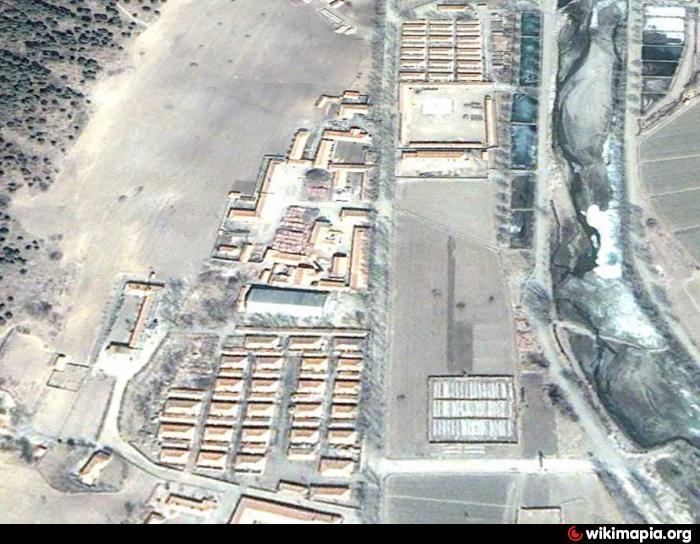 | ||
Revised Romanization Gaecheon Je14ho Gwalliso McCune–Reischauer Kaechŏn Che14ho Kwalliso | ||
Kaechon internment camp (Hangeul: 개천 제14호 관리소, also spelled Kae'chŏn or Gaecheon) is a forced labor camp in North Korea for political prisoners. The official name is Kwan-li-so (Penal-labor colony) No. 14. It is not to be confused with Kaechon concentration camp (Kyo-hwa-so No. 1), which is located 20 km (12 mi) to the northwest. The camp is commonly known as Camp 14.
Contents
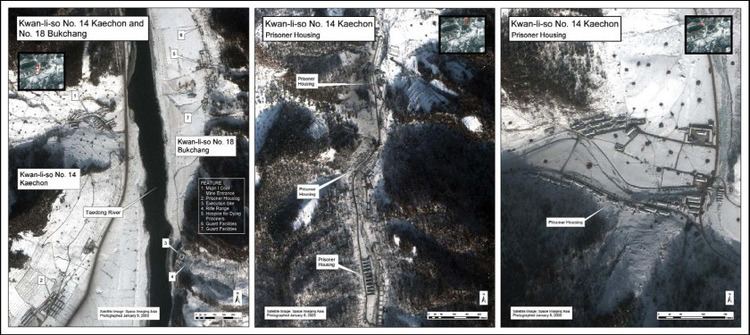
Description
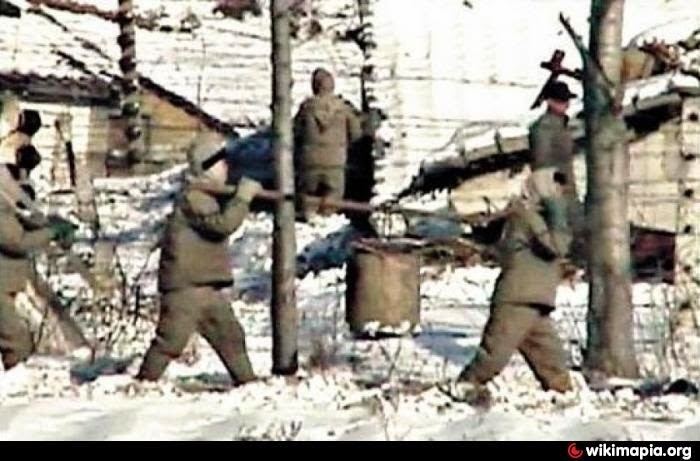
The camp was established around 1959 in central North Korea near Kae'chŏn county, South Pyongan Province. It is situated along the middle reaches of Taedong river, which forms the southern boundary of the camp, and includes the mountains north of the river, including Purok-san. Bukchang, a concentration camp (Kwan-li-so No. 18) adjoins the southern banks of the Taedong River. The camp is about 155 km2 (60 sq mi) in area, with farms, mines and factories threaded through steep mountain valleys. The camp includes overcrowded barracks that house males, females, and older children separately, and a headquarters with administration and guards housing. Altogether around 15,000 prisoners live in Kaechon internment camp.
Purpose
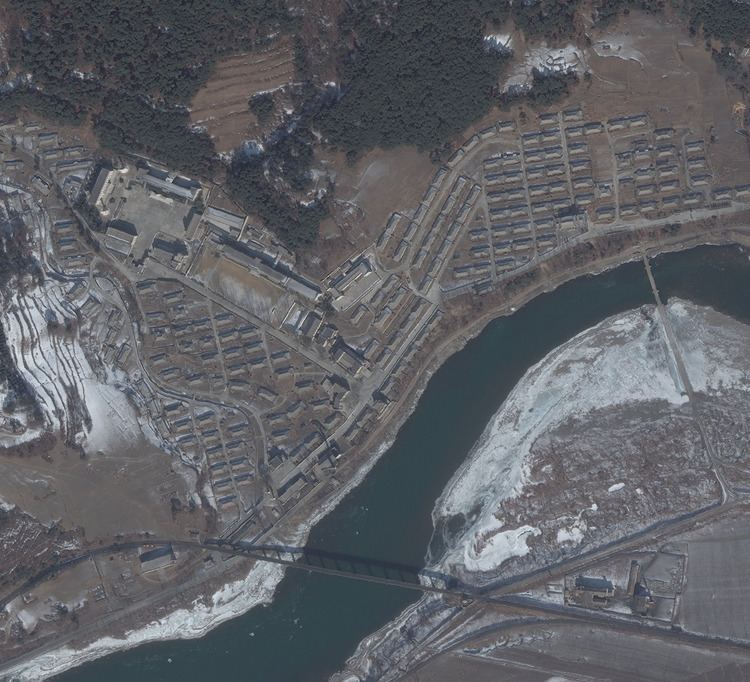
The main purpose of Kaechon internment camp is to keep politically unreliable persons classed "unredeemable" isolated from society, and exploit their labor. Those sent to the camp include officials perceived to have performed poorly in their job, people who criticize the regime and anyone suspected of engaging in "anti-government" activities. Prisoners have to work in one of the coal mines, in one of the factories that produce textiles, paper, food, rubber, shoes, ceramics and cement or in agriculture.
Human rights situation
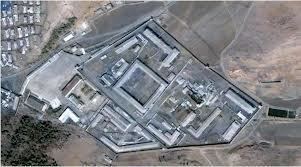
Many prisoners of the camp were born there under North Korea's traditional "three generations of punishment". This means anyone found guilty of committing a crime, which could be as simple as trying to escape North Korea, would be sent to the camp along with that person's entire family. The subsequent two generations of family members would be born in the camp and must also live their entire lives and die there. As reported by witnesses, the prisoners have to do very hard and dangerous work in mines and other workplaces from 05:30 until midnight. Even 11-year-old children have to work after school and may see their parents rarely. People are forced to work like slaves and are tortured in case of minor offences.
Food rations are very small, consisting of salted cabbage and corn, so that the prisoners are very skinny and weak. Many die of malnourishment, illness, work accidents, and the aftereffects of torture. Many prisoners resort to eating frogs, insects, rats, snakes, and even convert to cannibalism in order to try to survive. Eating rat flesh helps to prevent pellagra, a common disease in the camp which results from the absence of protein and niacin in the diet. In order to eat anything outside of the prison-sanctioned meal, including these animals, prisoners must first get permission from the guards.
Shin Dong-hyuk
In his official biography Escape from Camp 14 by Blaine Harden, Shin Dong-hyuk claimed that he was born in the camp and lived there until escaping in his early twenties. In 2015, Shin recanted some of this story. Shin told Harden that he had changed some dates and locations and incorporated some "fictive elements" into his account. Harden outlined these revisions in a new foreword, but did not revise the entire book. Shin said that he did not spend his entire North Korean life at Camp 14. Though maintaining that he was born there, he stated that, when he was young, his family was transferred to the less severe Camp 18, and spent several years there. He said that he was tortured in Camp 14 in 2002, as punishment for escaping from Camp 18.
Kim Yong
Kim Yong (1995–1996 in Kaechon, then in Bukchang) was imprisoned after it was revealed that two men executed as alleged US spies were his father and brother. He witnessed approximately 25 executions in his section of the camp within less than two years.
